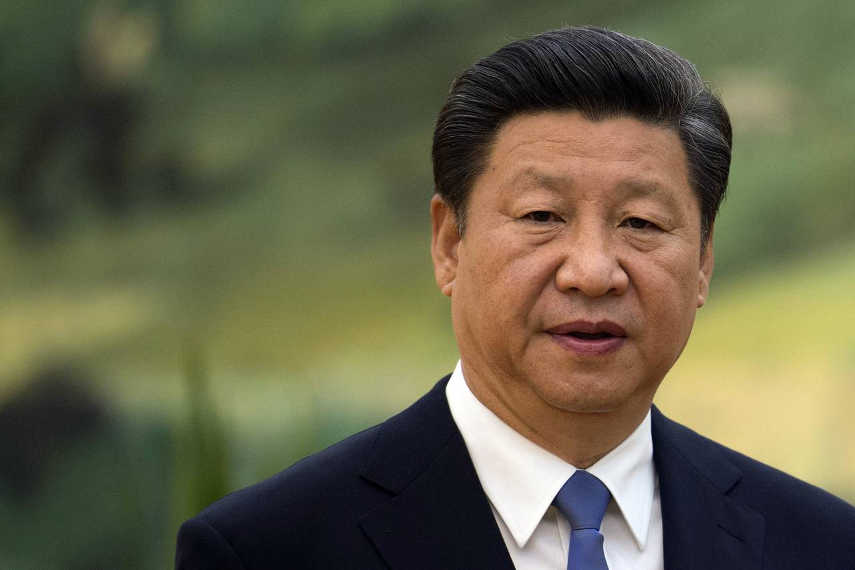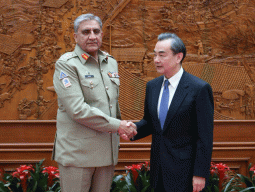
ISLAMABAD: The first One Belt, One Road (OBOR) party is over and the Silk Road express has left the station. While Chinese diplomats consider the first OBOR forum as a great success story that has led to getting the buy-in from 30 states, the ultimate challenge now in hand is to ensure universally recognised good practices of transparency and equality along with an inclusive development theme.
One Belt, One Road to tame extremism, says PM
Hailed as the “world’s project”, the initiative aimed to boost infrastructure in Asia and Africa for the next decade and a half. In an attempt to bring all partners on board, the forum identified and approved over 270 goals under the umbrella of OBOR initiative.
Though setting high-level goals is a step in the right direction, but an agenda that is centred on 270 goals runs the risk of being too general. The problem with this impossibly long list of goals is that nothing gets prioritised at the end of the day. All these 270 goals would not only result in a total lack of focus, but they would also be self-defeating.
The situation clearly indicates that strategic bits of the initiative are not very clear. In fact, every Chinese province and state-owned firm has its own version of investment plan for OBOR projects. No framework was ever presented by Beijing in the forum and it seems that the Chinese are willing to throw cash without first working out the business case.
Beijing’s billion dollar investments to build ports in Sri Lanka became a nightmare for the country which has been mired in hot water of unsustainable debt. Similarly, dam projects in Myanmar have not gone well either.
Last month, Nepal and China signed a memorandum to build an $8 billion cross-border rail link as part of proposed China-India-Nepal corridor, but without first getting New Delhi on board.
Since 2009, China has poured $6.8 trillion in wasteful infrastructure investments with negative rate of returns and its incremental capital output ratio (ICOR) has increased by at least 50% in the last decade. At present, there are over 900 deals in the pipeline worth $900 billion which are set to reach $4 trillion mark in a couple of years – yet little is known about the project’s feasibilities. In fact, Chinese investors call the initiative “one road, one trap”.
The recent leaks of documents which detail China-Pakistan Economic Corridor’s (CPEC) long-term plan drafted by Beijing has raised many eyebrows and confirm worst fears of some people that the whole corridor may be actually ill-planned – rising bilateral trade deficits to skyrocketing levels.
At present, Pakistani exports to China are raw materials and primary goods such as textiles, rawhides, oil seeds, skins and agro products; whereas Pakistan imports from China are mainly finished goods such as machinery and chemicals. So, it is a no-brainer that Chinese investments to set up factories for production of value-added products from primary inputs would be highly profitable. In fact, this offers China the perfect opportunity to move its outdated polluting industries offshore as per its commitments to the Paris Agreement and focus primarily on innovation.
This Chinese version of the plan is still very vague and at the very best, is wishful thinking. There is very little that talks about the cross border movement of labour, environmental impact assessments of corridor projects and fiscal risk management.
Looking down the One Belt, One Road
Pakistan should not feel alarmed by this long-term plan of sorts and instead should be more concerned about shortcomings in its ‘software’ – such as weak institutions, courts and regulatory bodies. In order to fully utilise the potential of new special economic zones, the government needs to unleash a new policy blueprint for promoting organic growth of manufacturing sector and may need to announce its own version of Marshall Plan to jump start the local industry.
Non-competitive tendering, protection of Chinese players, non-level playing field and a lack of transparency in CPEC affairs will kill the very spirit of the megaproject – not to talk of the vicious circle of spiralling debt we might get trapped in.
The writer is a Cambridge graduate and is working as a management consultant
Published in The Express Tribune, June 5th, 2017.
Like Business on Facebook, follow @TribuneBiz on Twitter to stay informed and join in the conversation.



































































COMMENTS (6)
Comments are moderated and generally will be posted if they are on-topic and not abusive.
For more information, please see our Comments FAQ